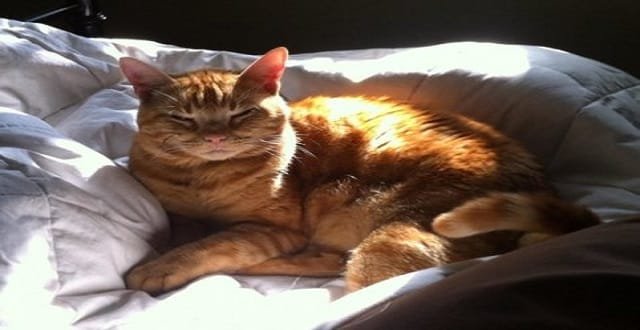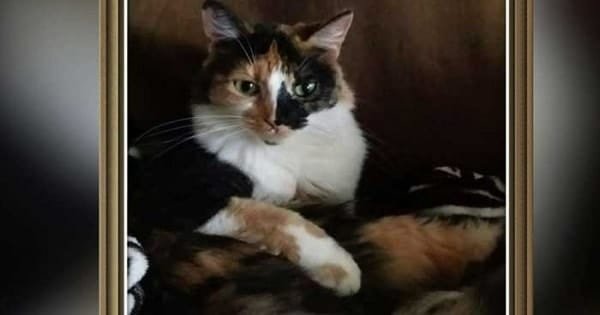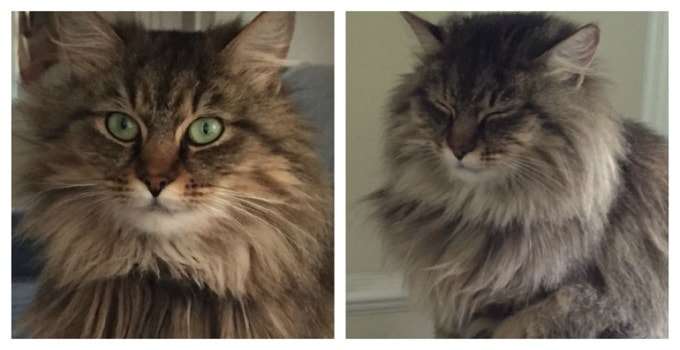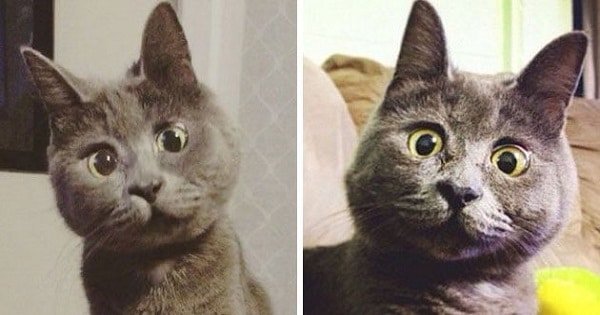Just as improved diet and medical care have both resulted in increased life expectancy in humans, advances that have been made in nutrition and veterinary care have increased the life span of pet cats.
The result is a growing population of ageing senior cats; in the USA, just for example, it is estimated that 20% of pet cats are 11 years of age or older.
According to the charity called International Cat Care, cats reach the ‘geriatric’ life stage at the age of 15, which is the equivalent of 76 years in human terms, but it is not unusual at all for them to live to late teens and even into their 20s (a cat becomes the equivalent of a centenarian at 21 years old). Fortunately, for these feline golden oldies, which are often irreplaceable family members, it is now generally accepted that ‘healthy ageing’ is achievable; just as it is in humans where the field of ageing wellness is dedicated largely to optimising mental, social and physical well-being and function in older adults. What has been a bit less well defined, however, is what healthy ageing actually looks like in a cat; in other words, just what changes would be considered ‘normal for age’ (ie, physiological changes) as opposed to deteriorative changes.

The hair coat of older cats may take on a clumped and spiked appearance associated with a reduction in grooming activity.
Credit: Courtesy of Margie Scherk
To answer this particular question, a groundbreaking special issue of the international, peer-reviewed Journal of Feline Medicine and Surgery (JFMS) has been officially published this month devoted to the subject ‘feline healthy ageing’. Comprising two comprehensive systems-based reviews written by a distinguished group of experts,1,2 it collates information on common changes which were observed in cats in a wide range of health areas of interest — from musculoskeletal system health through to cognitive and behavioural health. The authors’ sole aim throughout has been to support health and well-being in the ageing animal.
In addition to reviewing the available data in cats, the authors have discussed resources used in other species that have application in cats. Just for example, in terms of cognitive abilities, they define a healthy aged cat as one that shows none of the so-called ‘DISHA’ pattern of signs described within dogs; namely disorientation, interaction changes, sleep/wake disturbances, house-soiling and also changes in activity. The authors have also developed new resources, such as serum biochemistry and complete blood count reference intervals specifically for mature to geriatric cats, which were all generated from a population of over 600 healthy aged cats.
The impact of this phenomenal work in defining healthy ageing is hoped to be two-fold. On one hand providing, in just one resource, assessment criteria for use by veterinary practitioners seeking to provide the best care to their growing case-load of pet cats who are ageing; on the other, providing a focal point for initiating future clinical research — for one example, on the effects of specific interventions on ageing cats. There has been a paucity of research up to now on feline ageing, but describing this project as ‘a long labour of love’, corresponding author, whose name is Dr. Sally Perea, from Lewisburg, Ohio, USA, looks forward to a growing body of research and improved understanding in this area in future years.









